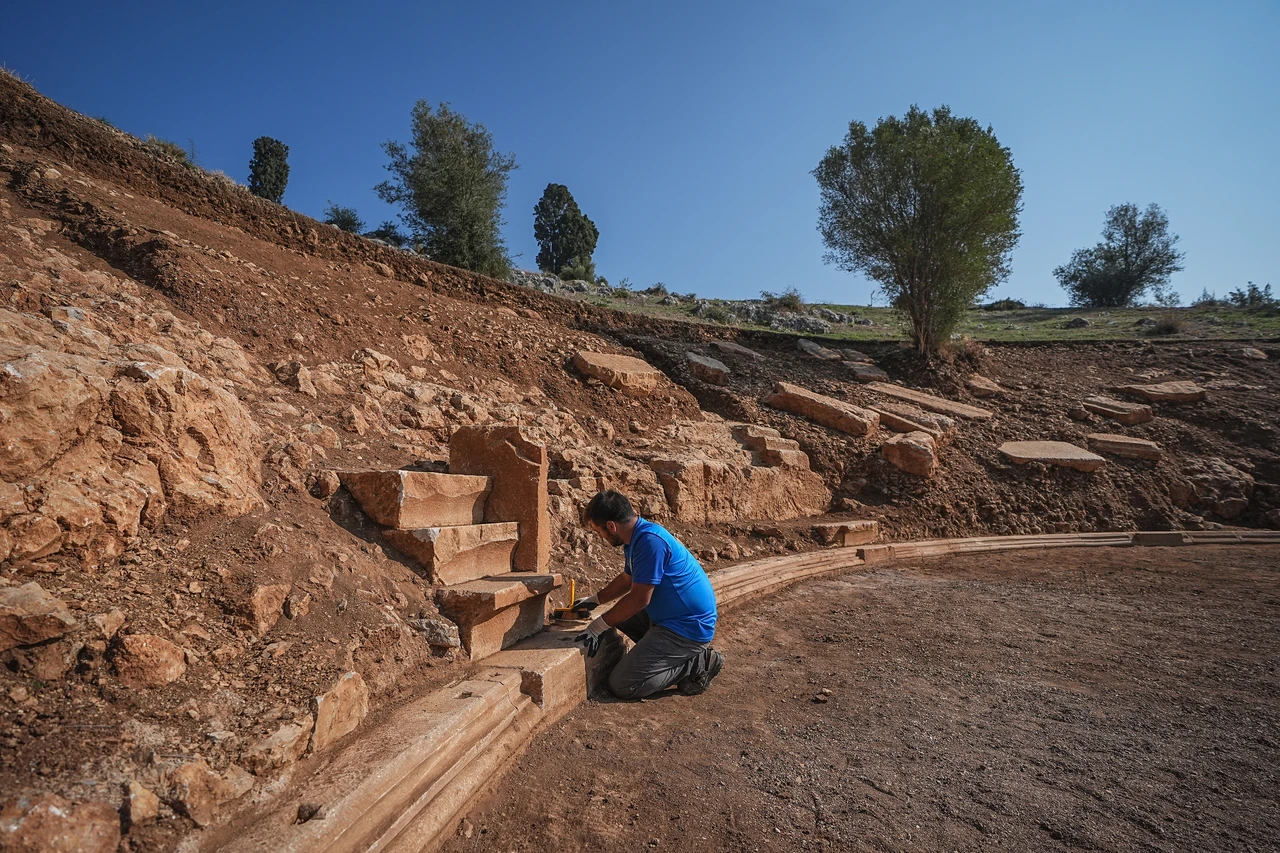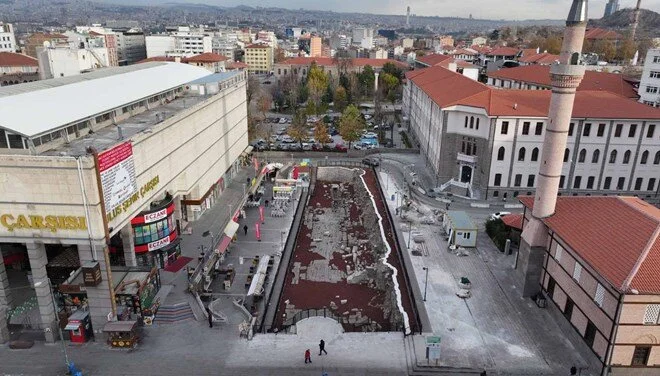
The restoration of the Ancient Roman Road in the capital of Türkiye is nearing completion
The restoration work of the Ancient Roman Road, hidden among modern buildings in the heart of Ankara, the capital of Türkiye, is nearing completion. The Roman Road, located in the Ulus district of Ankara, is approximately 216 meters long and 6.7 meters wide. The road is paved with limestone, known for its durability. On both

The dome of Hagia Sophia will be dismantled for restoration
Hagia Sophia, one of the most famous structures in the world, will have its dome dismantled for restoration. As one of the most important examples of Byzantine architecture, Hagia Sophia is notable for the size of its dome and the grandeur of its interior decorations. Once serving as a museum, Hagia Sophia was reopened for

The Crown Prince and Princess of Japan will visit the archaeological site associated with Prince Mikasa in Türkiye
Japan’s Crown Prince Akishino and Crown Princess Kiko will visit Türkiye on Tuesday for a goodwill visit to commemorate the 100th anniversary of diplomatic relations between Japan and Türkiye. The long-standing friendship between Türkiye and Japan was highlighted by the Ertuğrul frigate disaster that occurred on September 15, 1890. On September 15, 1890, the Ertuğrul
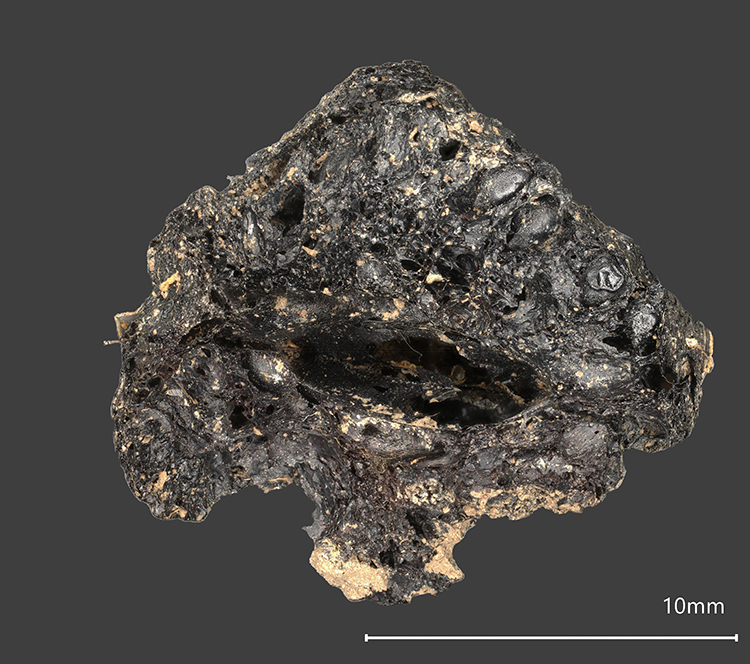
The 2,000-year-old fig located in Ireland will shed light on trade between the Roman Empire and Ireland
Archaeologists from University College Dublin discovered a 2,000-year-old fig during an archaeological excavation at a headland in Drumanagh, North Dublin. The discovered 2,000-year-old fig sheds light on the foods traded between the Roman Empire and Ireland thousands of years ago. The area in Drumanagh where the excavation took place was an important trade center for

The structure thought to be a temple turned out to be a monumental fountain
Archaeologists have determined that a structure once thought to be a temple in the ancient city of Hyllarima is actually a monumental fountain. The ancient city of Hyllarima, surrounded by walls about 2 kilometers long, is located in the province of Mugla in southwestern Türkiye. Hyllarima is one of the cities that minted coins during

The markings on a 4,400-year-old clay cylinder found in a grave may represent an example of the world’s oldest alphabet
Humans discovered writing through the Sumerians in Mesopotamia. A series of symbols inscribed on clay tablets is considered the beginning of writing. Over time, these symbols evolved in the hands of scribes, transforming into a more easily writable form, which became the alphabet. The creators of the alphabet are believed to be ancient Egyptian scribes.
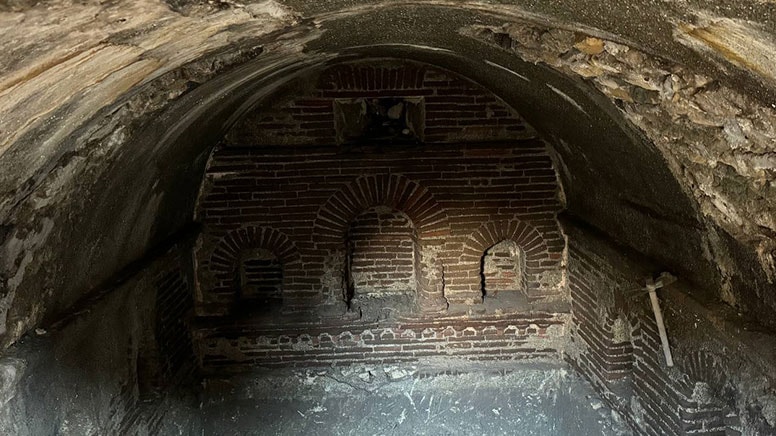
A 1500-year-old structure was discovered beneath the rubble of a building that collapsed in the earthquake
In Hatay, which was shaken by two severe earthquakes two years ago, a 1500-year-old structure has emerged beneath the rubble of a collapsed building. During the removal of the rubble from a detached house that was destroyed by a magnitude 7 earthquake on February 6, 2023, a structure believed to date back to the Late
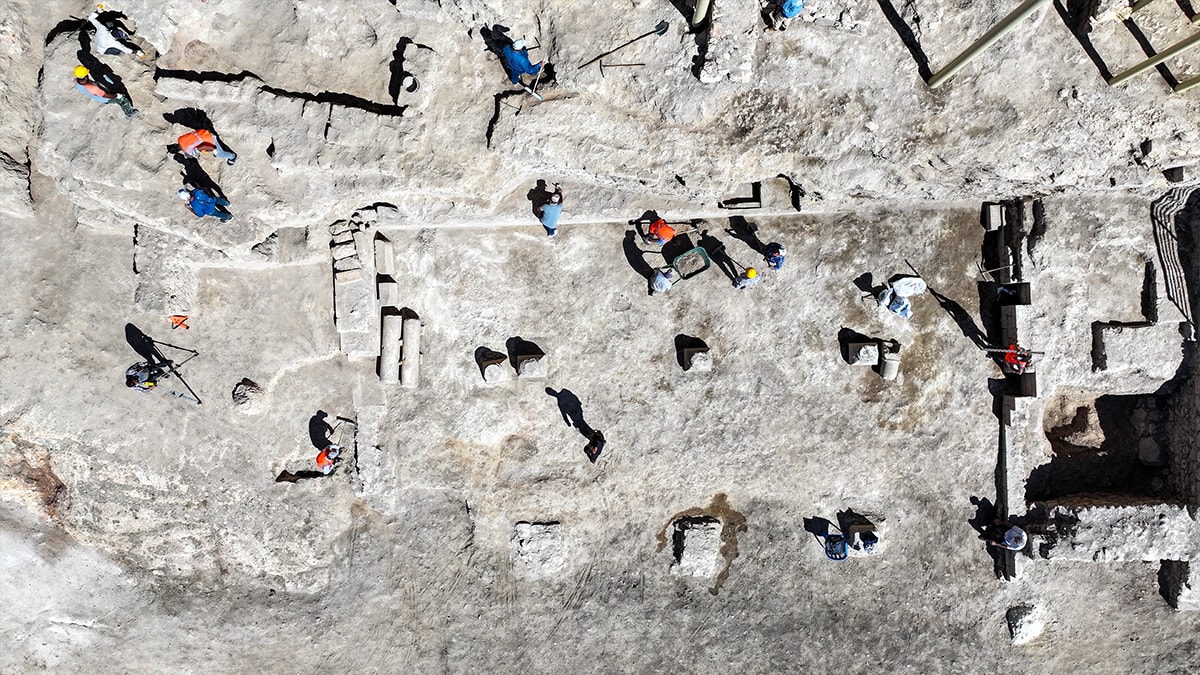
It is thought that the tomb of St. Thaddeus was found in the excavations of Eğil Castle
During the ongoing archaeological excavations in Eğil Castle in Diyarbakır in southeastern Türkiye, graves dating back to 1600-1900 years ago were found. Prof. Dr. Vecihi Özkaya, the head of the excavation, said that one of the graves may belong to St. Thaddeus, “There is information that St. Thaddeus saw Jesus Christ and received orders from
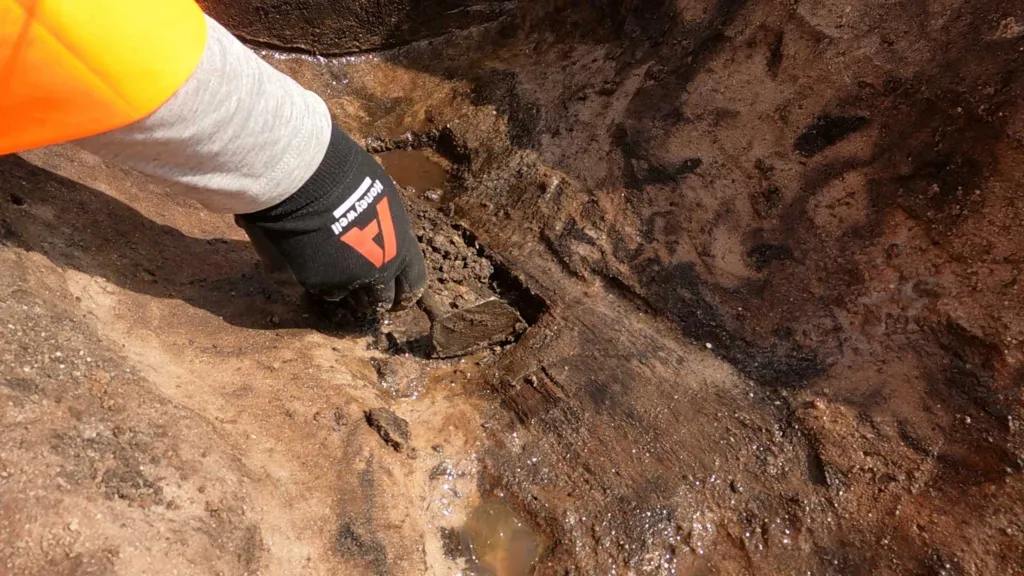
Wessex archaeologists discovered a 3,500-year-old wooden paddle
Archaeologists from Wessex Archaeology discovered a 3,500-year-old wooden paddle during excavation work for the Moors project in Arne. Phil Trim, who is leading the rescue efforts for the wooden paddle dated to the Bronze Age uncovered at Poole Harbour, stated, “Finding a wooden object from that era is truly a unique find.” Phil Trim said,

